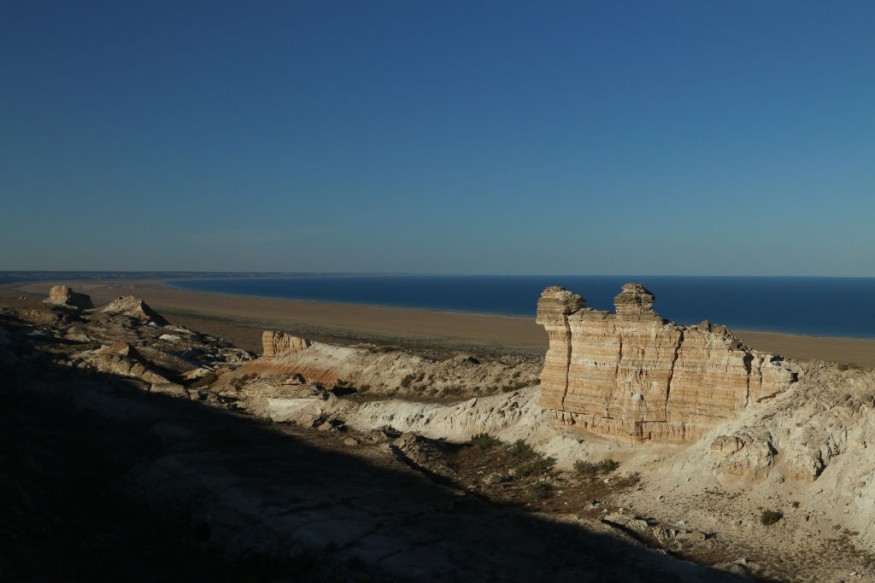
The Aral Sea was once one of the world's largest lakes, but due to human interference and climate change, it has shrunk to less than a quarter of its previous size.
In the northern area of Uzbekistan, near the town of Muynak, the Aral Sea's slow disappearance due to climate change is not only transforming the environment but also irreparably impacting the lives of its population.
Impact of Aral Sea's Deterioration
As the surrounding environment deteriorates and water becomes scarcer, residents are compelled to travel further in pursuit of this critical resource.
A major decline in fish species, violent storms, and health problems caused by airborne contaminants are just a few of the repercussions that the residents of the Aral Sea basin are now experiencing on a daily basis.'
Bayniyazova, 50, has spent the majority of her life near Muynak, tending the land.
Farming was often challenging, but it was generally consistent and productive. Even as the world around them changed due to the collapse of the Soviet Union, the family's farmland continued to produce crops, with water flowing steadily through canals from the Aral and nearby rivers.
Much of its early downfall was caused by faulty human engineering and agricultural ventures, which are currently being compounded by global climate change. Summers are hotter and longer, whereas winters are shorter and extremely cold.
Experts and people like Bayniyazova say water is becoming increasingly scarce, with salt levels too high for plants to thrive.
"Everyone goes further in search of water. Without water, there's no life," said Bayniyazova.
Most Staggering Disaster of The 20th Century
The Aral Sea's deterioration began during the Soviet era, with significant water diversions for agricultural purposes. In the 1960s, the Soviet Union launched a massive water diversion project in Kazakhstan, Uzbekistan, and Turkmenistan.
The desert was converted into cotton and other agricultural farms using the region's two major rivers, which were fed by snowmelt and precipitation in distant mountains. Before the project, the Syr Darya and Amu Darya rivers flowed down from the mountains, cutting northwest through the Kyzylkum Desert and eventually pooling at the basin's lowest point. The lake they created, the Aral Sea, was once the fourth largest in the world.
By the 1960s, it had shrunk by half, and those crops prospered. By 1987, the Aral had receded to the point where it separated into two bodies of water: the northern and southern seas in Kazakhstan and Uzbekistan.
Experts and international organizations have identified this tragedy as one of the most major man-made environmental disasters, drastically affecting not just the topography but also the entire fabric of local populations and economies.
The United Nations Development Program describes the devastation of the Aral Sea as "the most staggering disaster of the twentieth century," citing it as the cause of soil degradation and desertification, drinking water shortages, starvation, and deteriorating health conditions.
Despite restoration attempts, such as Kazakhstan's successful Kokaral Dam, the Aral Sea's future is bleak, especially on the Uzbekistan side, where interventions have been limited.
The sea, which formerly supported a thriving fishing economy and regulated the climate, has now abandoned its beaches for the desert, raising concerns about the viability of human life in the region.
Related Article: World's Fourth-Largest Lake Nearly Dried Up
© 2025 NatureWorldNews.com All rights reserved. Do not reproduce without permission.





